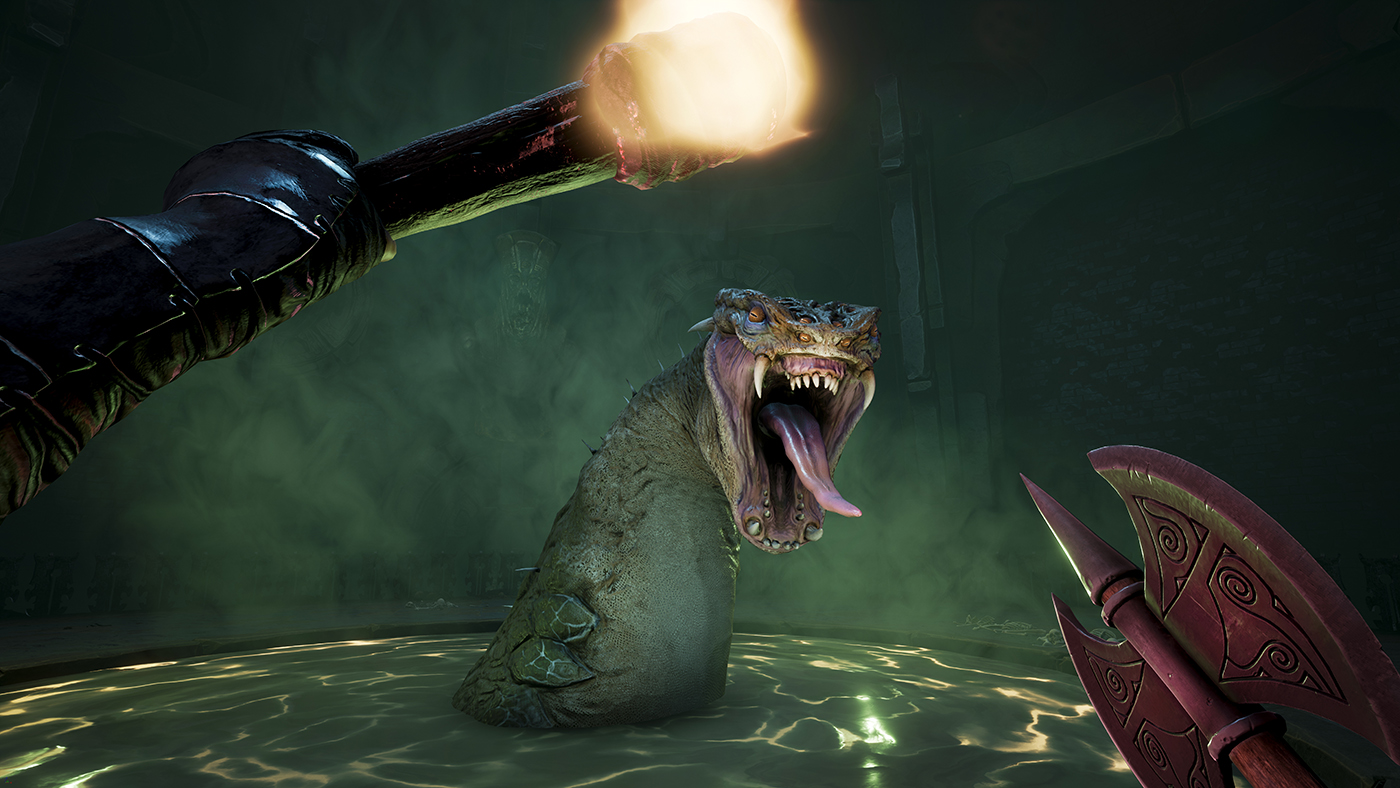

By taking advantage of roaches' tendencies to follow each other, InsBot was able to influence the behavior of entire groups, including convincing roaches to leave the shade and move into lighted areas. The researchers applied cockroach pheromones to the robot so real roaches would accept it. European scientists developed a robot called InsBot that was capable of mimicking cockroach behavior. But when the large space was not available, the roaches divided themselves into equal groups to fit in the smallest number of other enclosures.Īnother study suggests that cockroaches have a collective intelligence made up of the decisions of individual roaches. When one space was large enough for all of the cockroaches in the study, the cockroaches all stayed there.
#Cockroach simulator naked female free#
A study at the Free University of Brussels in Belgium revealed that groups of cockroaches make collective decisions about where to live. Cockroaches do not have these types of roles, but they do tend to prefer living in groups. Termite colonies have an organized social structure in which different members have different roles. A few live exclusively on wood, much like termites do.Īlthough cockroaches are closely related to termites, they are not as social as termites are. They are omnivores, and many species will eat virtually anything, including paper, clothing and dead bugs. In the wild, they are most common in tropical parts of the world. The overall life span of cockroaches differs as well - some live only a few months while others live for more than two years.Ĭockroaches generally prefer warm, humid, dark areas.

In others, like the oriental cockroach, it takes between one and two years. In some species, this process takes only a few weeks. Each instar is progressively more like an adult cockroach. The period between each molt is known as an instar. Nymphs molt several times as they become adults. They begin to resemble small, wingless adult roaches. Shortly after birth, they turn brown, and their exoskeletons harden. Newly hatched roaches, known as nymphs, are usually white. An American cockroach and her young can produce a comparatively small 800 new roaches per year. A German cockroach and her young can produce 300,000 more roaches in one year. The number of young that one roach can bear also varies considerably. Others care for their offspring after birth, and scientists believe that some offspring have the ability to recognize their mothers. Some mothers hide or bury their ootheca and never see their offspring. Whether mother roaches care for their young also varies from one species to another.


 0 kommentar(er)
0 kommentar(er)
